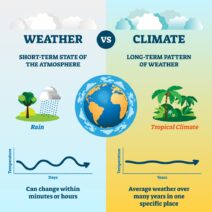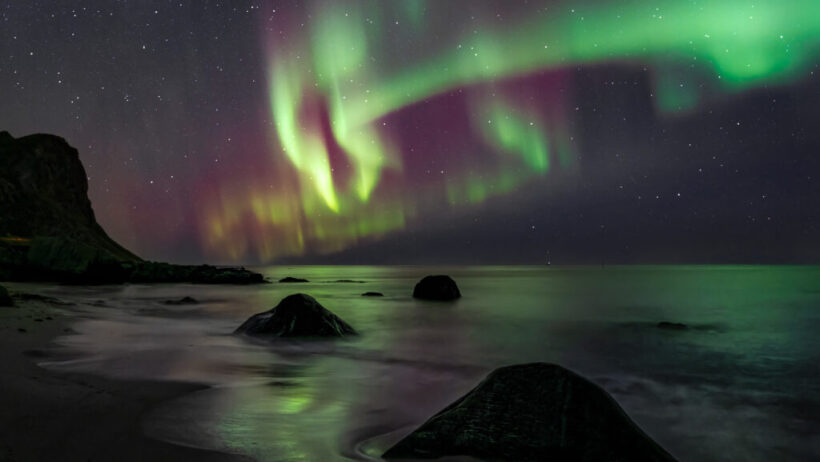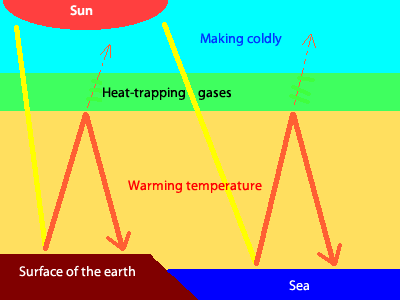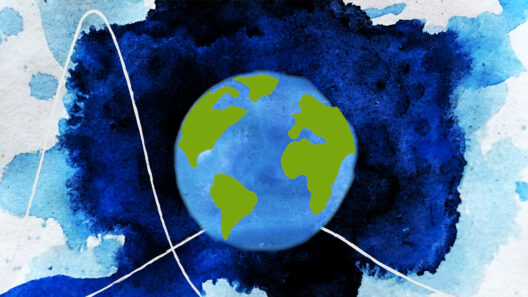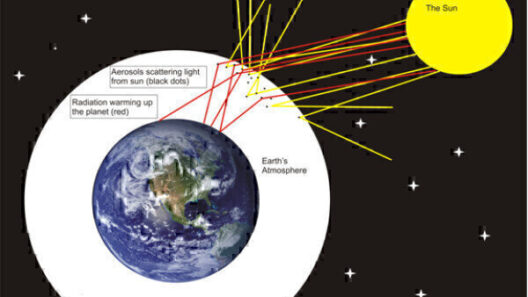The Northern Lights, or Aurora Borealis, are a stunning natural phenomenon that has captivated human imagination for centuries. The ethereal dance of green, pink, and purple hues lighting up the night sky evokes wonder and reverence, prompting questions about their origins, their beauty, and the factors that might influence them. As we delve into the topic, one ominous query arises: Are the Northern Lights being affected by global warming?
To comprehend whether the Northern Lights are impacted by climate change, we must first understand their genesis. The Northern Lights are the result of solar particles colliding with atoms in Earth’s atmosphere. This is most prevalent in polar regions, where the magnetic field directs charged particles toward the poles. The spectacular colors arise from the type of gas particles involved in these collisions. Oxygen at high altitudes produces red and green hues, while nitrogen generates purples and pinks. This intricate interplay of solar activity and terrestrial atmospheric conditions is not only a scientific marvel but a testament to Earth’s interconnected systems.
However, as climate change intensifies due to anthropogenic influences, notably through the excessive emission of greenhouse gases, alterations in atmospheric conditions can have unforeseen ramifications. Warming temperatures are leading to a reduction in sea ice and shifting weather patterns, which could indirectly affect the visibility and characteristics of the Northern Lights.
One striking observation correlates with the changing conditions in the Arctic. The Arctic is warming at an alarming rate, greatly influenced by the melting of sea ice. This phenomenon does not merely pose a threat to the polar ecosystems but could also impair the visibility of the magnetic spectacles above. With diminished ice cover and increasing temperatures, the atmosphere is likely to become more turbulent. Increased air turbulence could potentially scatter the light emitted by the auroras, resulting in less vivid displays. The transparency of the atmosphere, which contributes to the clarity and brilliance of the lights, might be compromised as clouds develop and air quality diminishes.
Additionally, the element of light pollution presents another challenge for aurora enthusiasts. As global urbanization accelerates, artificial light becomes ever more pervasive. Cities are expanding, and with urban sprawl comes increased luminescence that drowns out the natural phenomena of the night sky. This aspect is not caused by global warming directly, but social and urban migration patterns linked to changing climate could lead more people to areas where Northern Lights are visible, further escalating the light pollution crisis. Poor visibility due to light pollution in conjunction with a turbulent atmosphere induced by warming could diminish the grandeur of the auroras.
Furthermore, fluctuations in solar activity, influenced by the unpredictability of climate change, may have implications for the frequency and intensity of auroral displays. The 11-year solar cycle, which dictates the sun’s activity variations, could be modified due to shifts in atmospheric composition and temperature. Consequently, while periods of heightened auroral activity may still occur, the overall reliability of these celestial shows could diminish, leaving those who travel to witness them with mixed experiences.
Moreover, the geology of the Arctic regions and the ice-covered bodies of water is subject to transformation. As glaciers recede, the geological substrate beneath these icy expanses becomes exposed, potentially influencing local magnetic fields. This alteration could introduce a new dynamic into auroral phenomena, raising questions about changing patterns or new auroral forms, a shift that could capture the attention of both scientists and skywatchers alike.
The intersection of climate change and the Northern Lights is a sobering reminder of the intimate connection between our planet’s health and the natural wonders it bears. While the auroras will certainly continue to occur as long as solar particles interact with the Earth’s magnetic field, the majesty and reliability that we have come to treasure might be undermined by the ongoing environmental crisis. Advocating for solutions related to greenhouse gas emissions, sustainable energy, and conservation can be a way to not only combat global warming but protect these breathtaking spectacles for future generations.
In conclusion, while the Northern Lights remain enigmatic and alluring, their fate is inexorably tied to the broader climatic upheavals reshaping our world. The impacts of global warming may not only create immediate environmental challenges but could also alter age-old natural wonders. As stewards of the Earth, engaging in proactive measures to mitigate climate impact is crucial. Preserving the magnificence of the auroras is not simply about enjoying a magnificent display; it is about ensuring our planet’s delicate ecological balance remains intact, preserving an irreplaceable facet of our natural heritage. Now more than ever, it is crucial to celebrate these phenomena while advocating for the protection of the climatic systems that nurture them.

